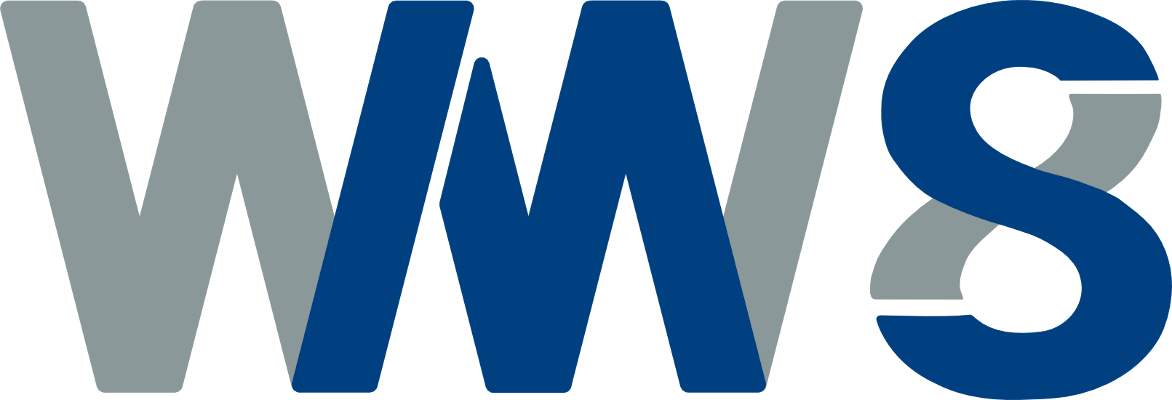Continuum dislocation modelling of cyclic fatigue in the crystal plasticity finite element framework
Nicolo Grilli
Laboratory for Nuclear Materials, Nuclear Energy and Safety Department
Paul Scherrer Institut, Switzerland
Wednesday, 19. November 2014, 17:00
WW8, Room 2.018-2, Dr.-Mack-Str. 77, Fürth
Continuum dislocation dynamics models can efficiently describe microstructure and mechanical properties of single and polycrystals. The introduction of different dislocation densities, e.g. signed edge and screw dislocations, makes these theories detailed enough to reproduce the dislocation structures arising during cyclic plastic deformation. However, closure approximations are required to reduce the number of state variables [1] and make the simulation of more than 100 fatigue cycles tractable. Using closure approximations we can reproduce dislocation structures in FCC metals such as copper, aluminium and austenitic steel under single and multiple slip conditions. In particular the introduction of dislocation curvature and its relationship with dislocation orientation lead to a new formulation of the dislocation multiplication law, different with respect to previously developed ones [2]. A new formula to calculate the fraction of mobile dislocations in multiple slip conditions is presented. The complete set of equations can reproduce the characteristic fatigue-induced dislocation patterns in single (vein-channel structures) and multiple slip (labyrinth structures). The simulation needs to resolve details that are smaller than the characteristic length scale of dislocation structures, about one micron, for which an element size of 200 nm is used. Simulation results will be shown for both shear and compression tests, and the predicted average dislocation density and dislocation structure volume fractions are compared with existing experimental data. The new constitutive equations are introduced in the crystal plasticity finite element modelling (CPFEM) framework as it is implemented in the DAMASK code [3] of the Max Planck Institute for Iron Research. This computational method is capable to treat arbitrary boundary conditions and can compute stress and strain at every integration point. This means that the stress-strain relationship can be found as a function of physics-based parameters. The model can be validated by comparing the strain at the sub-dislocation structures size with Laue micro-diffraction experiments on cyclically deformed samples.
[1] Hochrainer et al., Continuum dislocation dynamics: Towards a physical theory of crystal plasticity, JMPS. 63 (2014) 167-178.
[2] Arsenlis et al., Modeling the evolution of crystallographic dislocation density in crystal plasticity, JMPS. 50 (2002) 1979-2009.
[3] F. Roters et al., Overview of constitutive laws, kinematics, homogenization and multiscale methods in crystal plasticity finite-element modeling: theory, experiments, applications, Acta Materialia. 58 (2010) 1152-1211.

